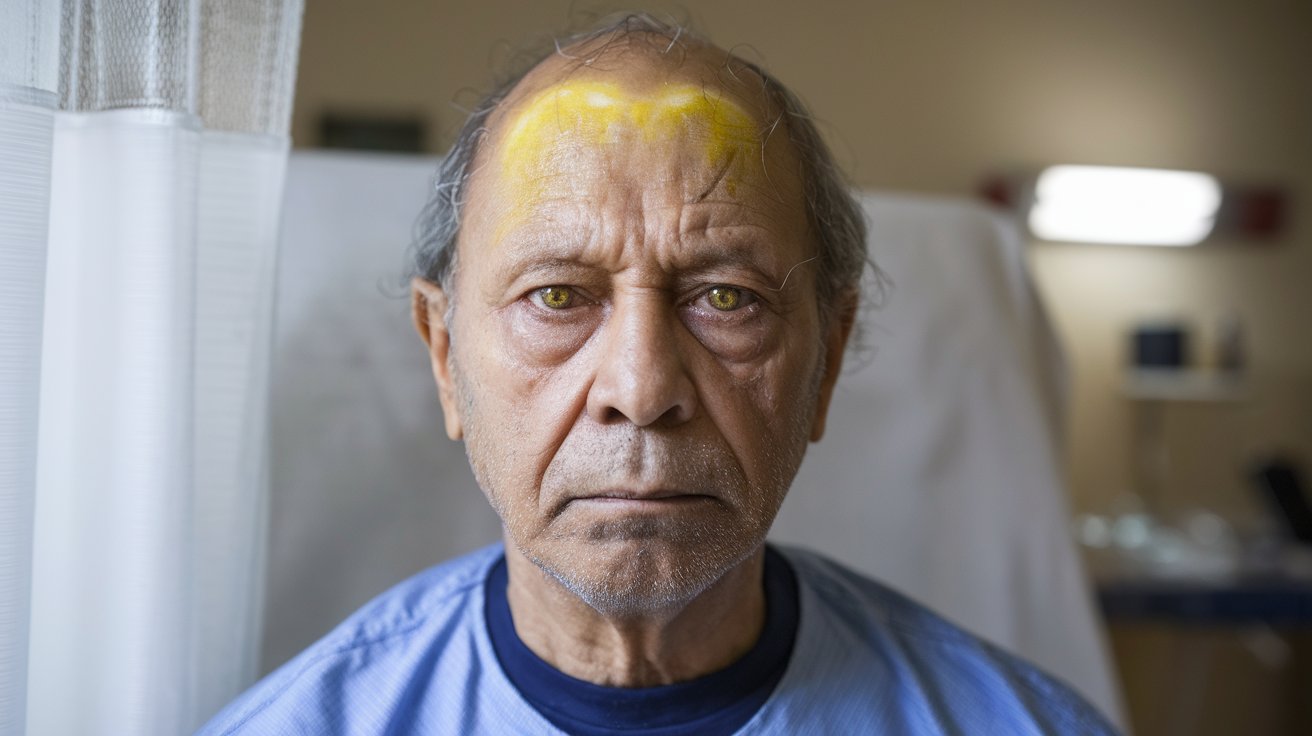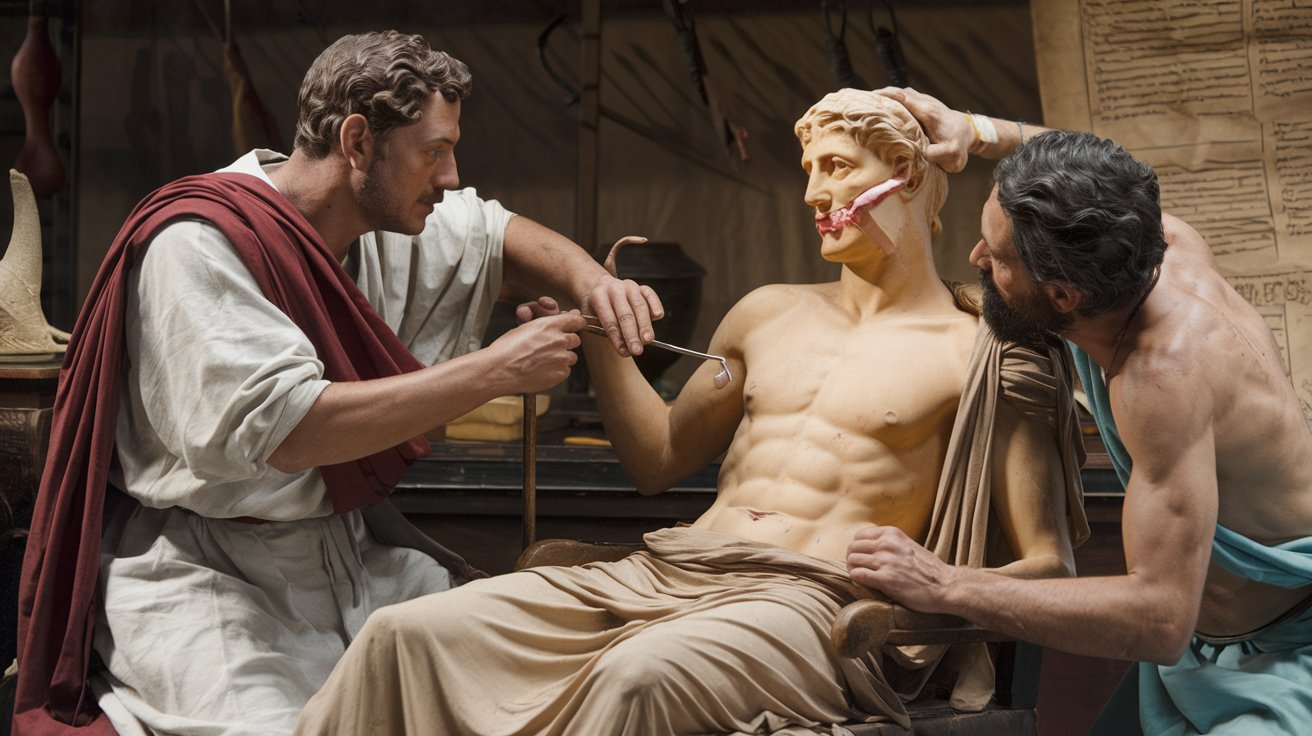
Did you know that ancient Egyptian dentistry was surprisingly advanced for its time? Dating back to around 2500 BCE, Egyptian dentists were already performing complex procedures and using innovative treatments. They developed early forms of toothpaste and mouthwash, crafted dental fillings from natural substances like beeswax, and even attempted dental implants with silver bridges. Their diet, often filled with sand and grit from bread, led to significant tooth wear, but skilled dentists managed these issues with a variety of tools and techniques. The study of mummies and ancient texts reveals a civilization deeply committed to dental health, showcasing a remarkable understanding of oral care long before modern dentistry.
Key Takeaways:
- Ancient Egyptian dentists were highly skilled and respected, using natural substances for dental treatments. They had advanced knowledge of tooth care, fillings, and even rudimentary implants.
- The mummification process preserved ancient Egyptian teeth, allowing modern researchers to study their dental health in remarkable detail. Radiological investigations have provided valuable insights into their dental status.
Existence of a Dental Profession
Ancient Egypt was home to some of the earliest known dental professionals. These individuals were highly skilled and respected in their society.
- The earliest recorded dentist is Hesyra, who lived around 2600 BCE during the 3rd dynasty. He is often referred to as the first recorded physician and dental surgeon in history.
Dental Treatments
Egyptians had a surprisingly advanced understanding of dental treatments, using natural substances to address various dental issues.
- They used herbs like myrrh and galena (a lead-based ore) to create drugs for treating dental problems.
- The Ebers Papyrus, an ancient medical text, contains references to treatments for filling teeth with materials like beeswax and plant resin.
Toothpaste and Mouthwash
Hygiene was important to the Egyptians, who developed early forms of toothpaste and mouthwash.
- Egyptians created a toothpaste using ground pumice stone and vinegar, likely the oldest known form of toothpaste.
- They also used mouthwash made from water mixed with herbs like mint and myrrh to freshen breath and reduce gum inflammation.
Dental Fillings and Implants
The concept of dental fillings and even rudimentary implants existed in ancient Egypt.
- The Ebers Papyrus mentions treatments for filling teeth, using materials like beeswax and plant resin.
- Egyptians attempted to replace missing teeth with silver bridges, which were attached to surrounding teeth to support the missing tooth.
Dental Surgeries
Ancient Egyptian dentists were skilled in performing various dental surgeries.
- They used instruments like forceps and chisels to extract teeth and perform other surgical procedures.
- The Edwin Smith Papyrus, an ancient medical text, includes the oldest known surgical treatise with procedures for dental surgery.
Dental Diseases
Egyptians suffered from various dental diseases, which they documented and treated.
- Tooth wear was a significant concern due to the sand and grit in their bread, leading to enamel wear and other dental issues.
- The Ebers Papyrus describes conditions like dental abscesses and dental caries, indicating a good understanding of dental pathology.
Skilled Dentists
The expertise of ancient Egyptian dentists is evident in their well-preserved dental remains.
- They managed dental problems using a variety of treatments, including fillings, extractions, and surgeries.
- The discovery of ancient Egyptian dental instruments like forceps and chisels provides valuable insights into their dental practices.
Mummification and Dental Preservation
The unique mummification process in ancient Egypt preserved many soft tissues, including teeth.
- This preservation allows modern researchers to study the dental health and treatments of ancient Egyptians in remarkable detail.
- The study of human remains at Deir el-Medina has provided the earliest evidence of dental fillings in ancient Egypt.
Tooth Loss and Caries
Tooth loss and dental caries were common issues among ancient Egyptians.
- Research shows that 11% of teeth were lost antemortem (before death), and 42% of maxillae and mandibles had one or more teeth lost antemortem.
- Carious lesions were present in 10% of teeth, and 39% of mandibles and maxillae showed signs of caries.
Titles of Dentists
The professional status of ancient Egyptian dentists is evident from their documented titles.
- These titles indicate the recognition and expertise of ancient Egyptian dentists as skilled practitioners of their craft.
- Hesyre, often referred to as the first recorded physician and dental surgeon, highlights the integrated approach to healthcare in ancient Egypt.
Dental Health and Diet
The diet of ancient Egyptians played a crucial role in their dental health.
- A diet lacking in essential vitamins and minerals led to untreated attrition, causing a range of dental problems.
- The bread that Egyptians ate often contained sand and grit, which wore down the enamel on their teeth.
Radiological Investigations
Modern technology has provided new insights into ancient Egyptian dental health.
- Radiological investigations of Egyptian mummies have revealed detailed information about their dental status.
- Computed tomography (CT) scans have helped researchers study dental remains without damaging them.
Dental Disease in the Nile Valley
Dental disease was prevalent in the Nile Valley during the New Kingdom period.
- The study of human remains has shown high rates of caries and tooth loss, indicating poor oral health among ancient Egyptians.
- The Adult Dental Health Survey 2009 highlights significant improvements in dental health over time, particularly in treatment options and preventive measures.
Early Dental Interventions
Evidence of early dental interventions has been found in ancient Egyptian remains.
- A Ptolemaic mummy revealed signs of invasive dentistry, indicating skilled dental interventions.
- Early dental intervention in the Redpath Ptolemaic Theban Male highlights the advanced understanding of dental pathology and treatment methods among ancient Egyptian dentists.
Tooth Development and Eruption
Understanding tooth development and eruption is crucial for modern dental practices.
- The London Atlas of Human Tooth Development and Eruption provides a comprehensive guide to tooth development and eruption patterns.
- This atlas is useful for understanding the developmental stages of teeth, which is crucial for modern dental practices.
Osteoarthritis and Dental Health
Lifestyle factors like commuting had an impact on health conditions in ancient Egypt.
- The cost of a commute has been studied in the context of osteoarthritis in New Kingdom Egypt.
- This multidisciplinary approach combines archaeological, anthropological, and medical perspectives to understand the impact of lifestyle factors on health conditions like osteoarthritis.
Health and Disease at Deir el-Medina
The daily life and health conditions of ancient Egyptians provide valuable insights into their dental health.
- Accounting for sick days has been analyzed using a scalar approach to health and disease at Deir el-Medina.
- This study highlights the importance of understanding lifestyle factors in maintaining good health.
Dental Health and Dentistry in Ancient Egypt
The practice of dentistry during the pharaonic period is well-documented.
- Evidence of dental fillings, extractions, and other treatments highlights the advanced understanding of dental pathology and treatment methods.
- The practice of dentistry in ancient Egypt demonstrates a sophisticated understanding of dental treatments.
The Tale of Hesy-Ra
The life and achievements of Hesy-Ra provide valuable insights into ancient Egyptian dentistry.
- The tale of the magnificent Pharaonic mastaba of Hesy-Ra highlights his contributions to medicine and dentistry.
- His title indicates his expertise in both medicine and dentistry, showcasing the integrated approach to healthcare in ancient Egypt.
Dental Health and Disease in Ancient Egypt
Extensive studies have been conducted on dental health and disease in ancient Egypt.
- The possible evidence for dental filling and extraction at Deir el-Medina provides valuable insights into the dental practices of ancient Egyptians.
- The study of ancient Egyptian skulls has provided insights into the extent of tooth wear caused by dietary factors.
Teeth and Bread in Ancient Egypt
The relationship between teeth and bread in ancient Egypt is well-documented.
- The bread that Egyptians ate often contained sand and grit, which wore down the enamel on their teeth.
- This attrition led to numerous dental issues, including inflammation of the gums and jawbone, abscesses, and tooth loss.
The Dental Art in Ancient Egypt
The dental art in ancient Egypt was sophisticated and advanced.
- Ancient Egyptian dentists used various instruments and techniques to perform dental procedures, including fillings, extractions, and surgeries.
- The use of natural substances like herbs and plant resin for making drugs further highlights their advanced understanding of dental treatments.
Dental Status of Egyptian Mummies
Radiological investigations of Egyptian mummies have provided valuable insights into their dental status.
- Multislice computerized tomography has been used to analyze the dental remains of three Egyptian mummies.
- This study helps understand the extent of dental diseases and treatments in ancient Egypt.
Ancient Egyptian Dentistry: A Legacy of Innovation
Ancient Egyptian dentistry was nothing short of remarkable. From Hesyra, the first recorded dentist, to the use of toothpaste made from ground pumice stone and vinegar, their innovations were ahead of their time. They tackled dental diseases with natural remedies like myrrh and even attempted dental implants using silver bridges. The Ebers Papyrus and Edwin Smith Papyrus provide a glimpse into their advanced dental knowledge, including fillings made from beeswax and plant resin. Despite the challenges posed by a gritty diet, which led to significant tooth wear, Egyptian dentists developed effective treatments for caries and abscesses. Their sophisticated dental instruments and techniques laid the groundwork for modern dentistry. The preservation of dental remains in mummies offers invaluable insights into their practices. Ancient Egyptian dentistry's legacy continues to inspire and inform today's dental professionals.
Frequently Asked Questions
Was this page helpful?
Our commitment to delivering trustworthy and engaging content is at the heart of what we do. Each fact on our site is contributed by real users like you, bringing a wealth of diverse insights and information. To ensure the highest standards of accuracy and reliability, our dedicated editors meticulously review each submission. This process guarantees that the facts we share are not only fascinating but also credible. Trust in our commitment to quality and authenticity as you explore and learn with us.


